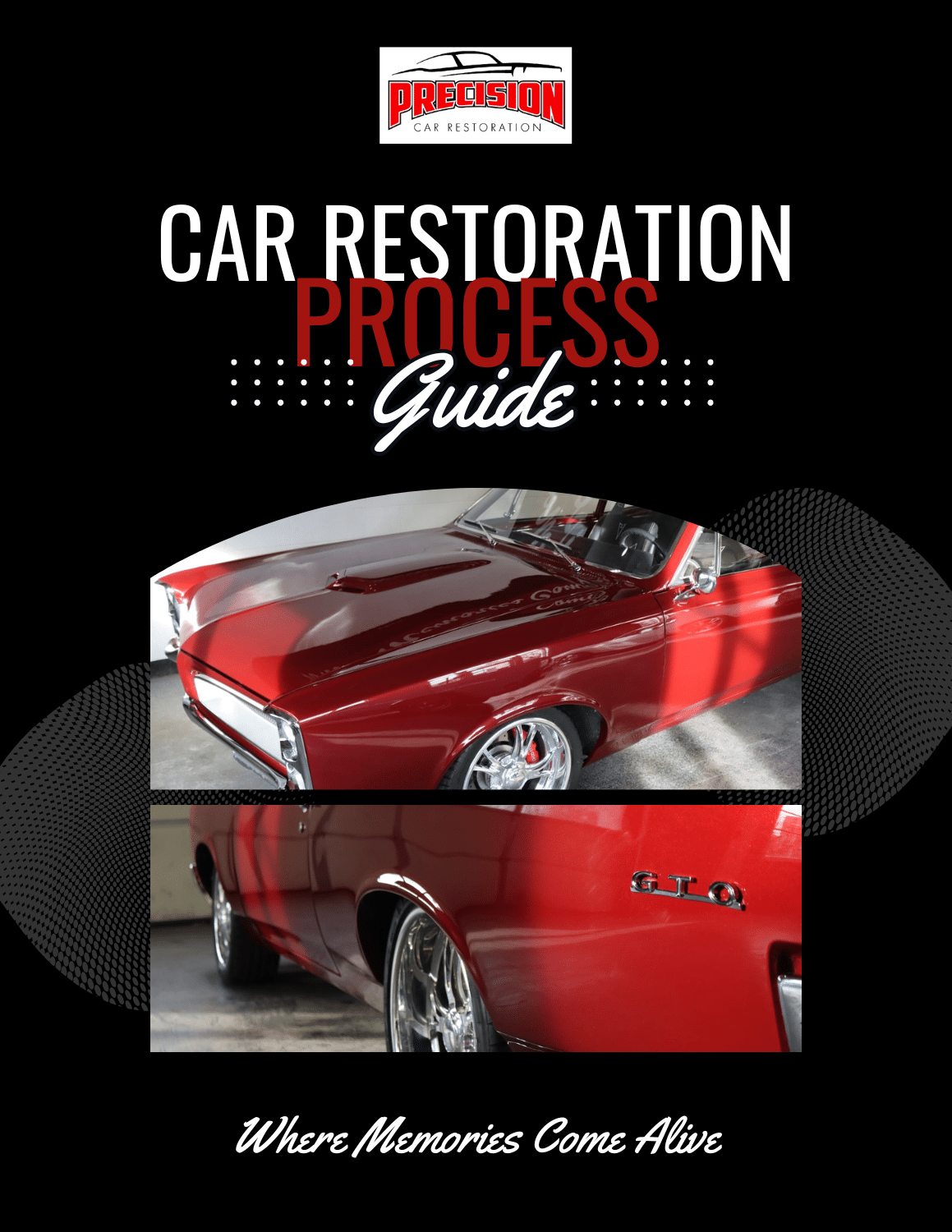Electrical problems are among the most frustrating and debilitating gremlins that can sideline your musclecar or classic. By the time you purchase a classic car, it has likely been rewired at some point, often to subpar standards due to laziness or a lack of knowledge. Likewise, when rewiring a car, poor installation technique can be just as dangerous as poor quality wires. To help avoid some common pitfalls, here are a few quick tips to keep your wiring job clean, neat, safe, and functional. Always refer to your instruction manuals and diagrams.
Tip #1
Start at the fuse box. If you are putting in an aftermarket harness, most have the full length of wires attached to the fuse box. Separate the front engine wires, and put them inside a zip tied loom. Do the same with each of the individual component like the gauges, heat and A/C. Also, separate the light harness from the engine harness and taillight harness. Route the wires and hang them in their approximate locations.
Tip #2
Next, move on to the dash. Don’t try to use the entire length of wire. Use only what you need. If you must splice in wires, make sure you solder and shrink all connection. Butt splices are a good way to lose connections or create intermittent connections. In many vehicles, the entire dash can be removed as a complete assembly. If this is possible, measure the length to the fuse panel mounting location and wire your dash with it detached from the vehicle.

Tip #3
Before you start to wire in things like the headlights, marker lights and taillights, have them installed or at least mocked up first. Once they are in place, the routing of the wires can be cleaner and tighter since you will know exactly where your wires are going to go.

Tip #4
Avoid having dangling wires in the engine compartment. Wires that are not tied up tight can fall onto the exhaust, or other high-heat or high-vibration areas, that can cause melted or chafed wires. These wires can be major fire hazards if not secured properly.
Tip #5
Anytime you have wires going through a hole, the wires need to be taped and loomed, then fed through a rubber grommet. Wires that need to be routed through holes, if not properly secured, can also be a fire hazard. Sharp holes in metal will eventually chafe through a wire’s insulation, so make sure the wires are protected.
In conclusion, remember that clean wiring not only looks better, but it will also help with any diagnosis that may need to be performed in the future. No one likes to sort through a nest of wires. To prevent electrical fires, beware of pinched, cut or loose ends.



